This website uses cookies so that we can provide you with the best user experience possible. Cookie information is stored in your browser and performs functions such as recognising you when you return to our website and helping our team to understand which sections of the website you find most interesting and useful.
Tag: creativity
-
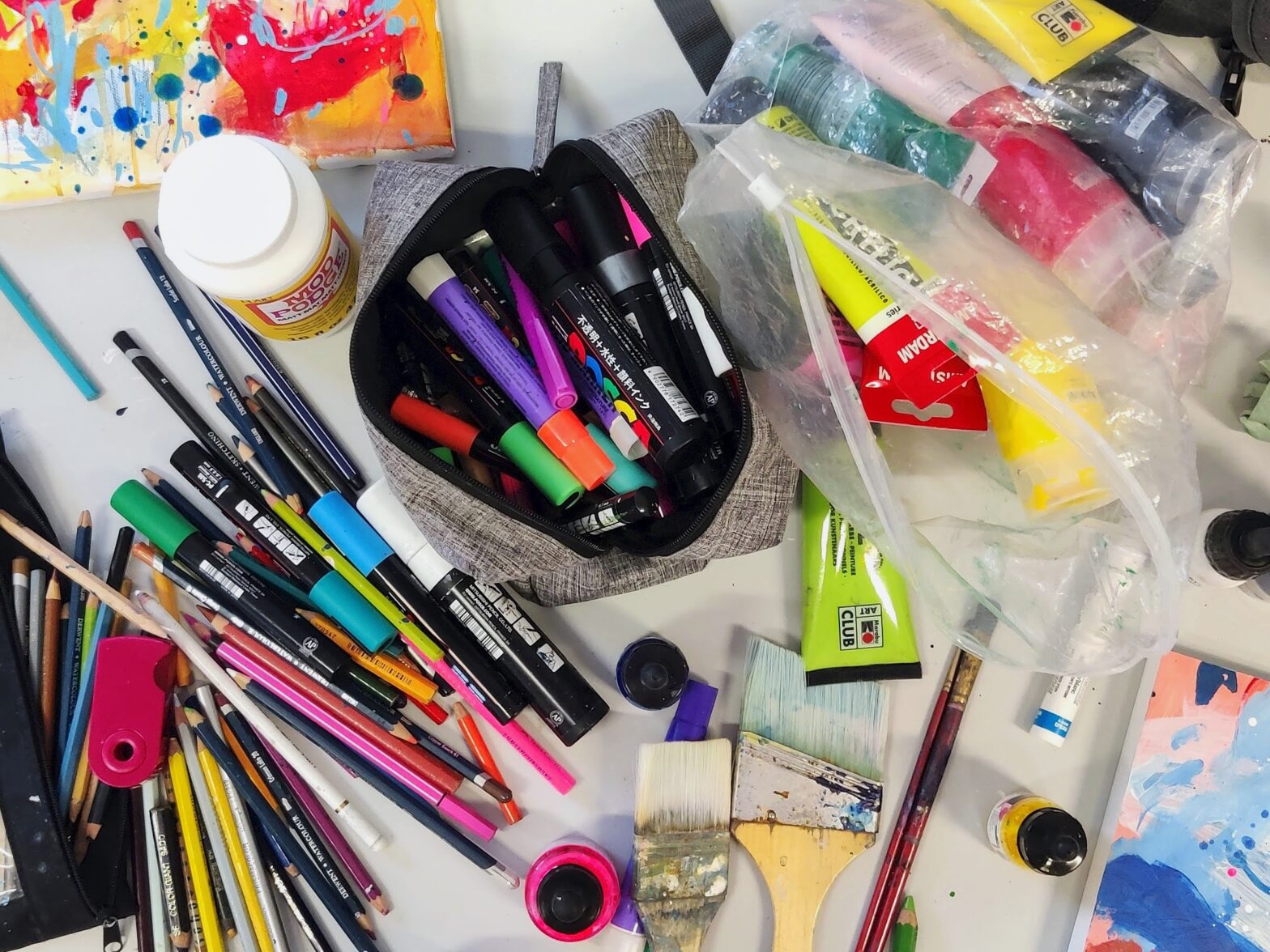
Art-Making is Your Birthright
•
When it comes to the art community, I fiercely defend everyone’s right to create, explore, make mistakes, and share their journey. Creativity belongs to every single one of us. It’s a human birthright. From ancient handprints in the caves of France to weird contemporary art, the title of artist is…
-
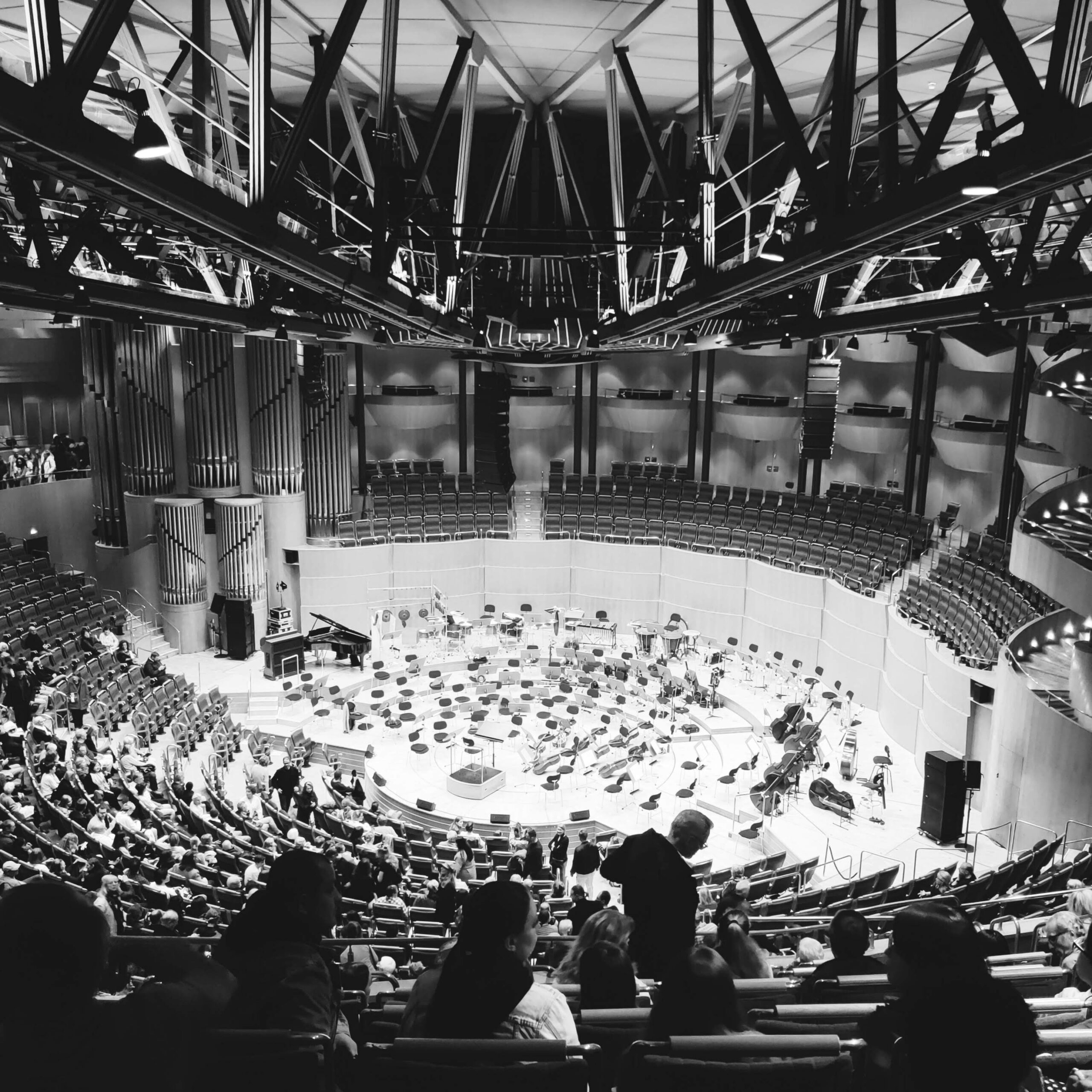
Process Over Outcome
•
Last week, I went to a dress rehearsal for Enno Poppe’s musical composition Strom. The piece sounded like an orchestra tuning its strings, or a child’s first concert: discordant, uncomfortable, and strange. (Listen to a small sample of it here.) Poppe created the piece by stretching single intervals — the…
-
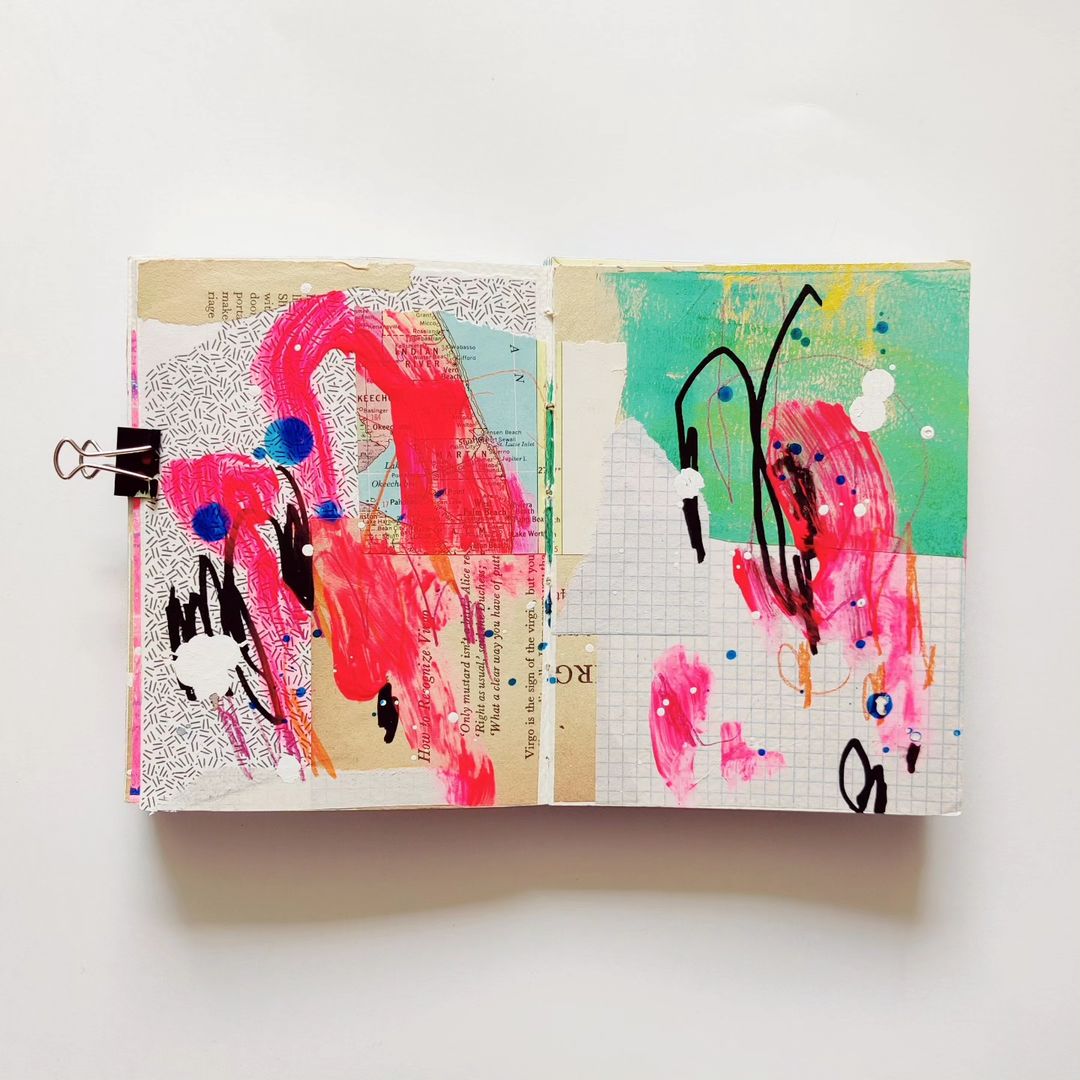
Messy May 2023
•
Over the weekend I took part in a Creative Hour conversation with Caylee Grey, Meg of Meg Journals, Claudette Hasenjager and more than 100 other art journalers. Caylee is the founder of Get Messy, and Claudette, Meg, and I are three of thirty artists leading this year’s Messy May, a…
-
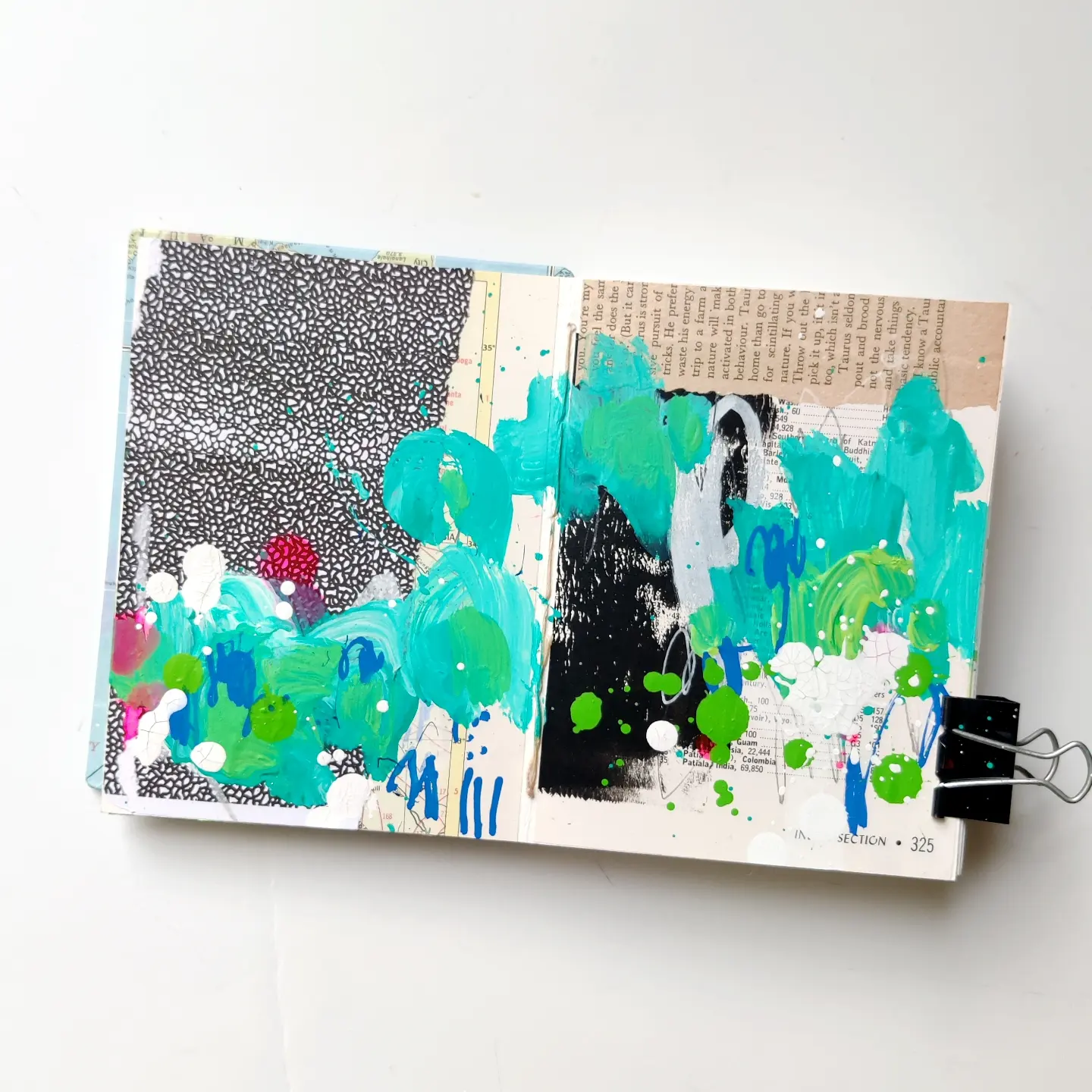
Hey, Artist
•
I have heard from a number of people over the course of my own creative journey who’ve said something along the lines of “I’m not an artist, but I’m interested in starting an art journal [or painting, or exploring collage]. Where do I begin?” First up: yeah, actually, you are…
-
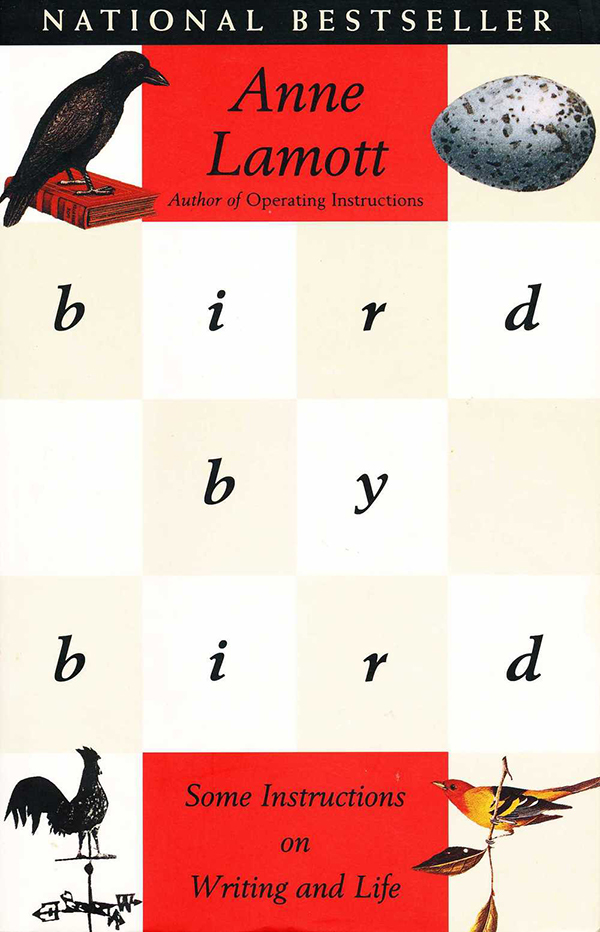
Bird by Bird
•
I just finished reading Anne Lamott’s insightful (and wickedly funny) Bird by Bird: Some Instructions on Writing and Life.
